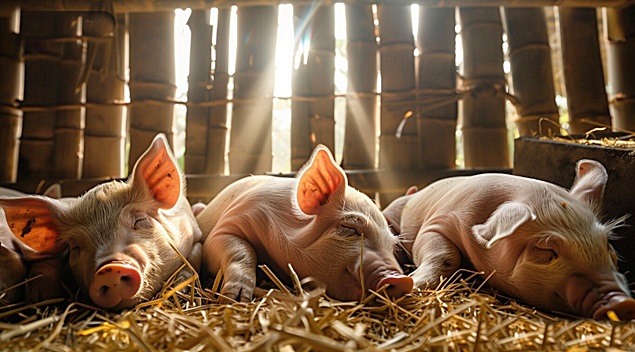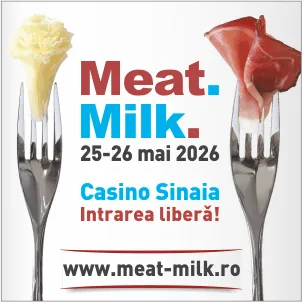
Nutritional Optimization in Nursery Diets: Key to Weaned Piglet Performance
Optimizing nutritional formulations during the nursery phase is essential for ensuring the health and performance of weaned piglets. In this critical stage, factors such as feed form, protein types, and energy sources play a pivotal role in supporting growth and managing common health challenges.
A recent article in Pig Progress by Dr. Casey Bradley offers valuable insights into improving nursery feeding programs through science-based formulation strategies.
Feed Formulation and Digestibility
The physical form of the feed significantly impacts digestibility and overall piglet performance. Research from Kansas State University shows that for meal diets, a particle size of 500–600 microns optimizes both digestibility and growth.
For pelleted diets, a finer grind of around 350 microns enhances pellet quality and reduces feed wastage. The type of milling equipment also matters—multi-species or multi-phase mills often prioritize efficiency over piglet performance, creating a trade-off that requires careful evaluation.
In meal diets, feed flowability should not be overlooked, as it ensures easy handling without compromising diet efficacy or cost-efficiency.
Protein Formulations: Balancing Digestibility and Immune Support
Weaned piglets undergo rapid physiological changes as they transition from milk to solid feed.
Reducing crude protein levels in diets can help minimize post-weaning diarrhea, while higher inclusion of soybean meal can provide immune support during disease challenges such as PRRS.
The use of highly digestible proteins with optimal amino acid profiles is essential, particularly when post-weaning intake is limited.
Protein selection should reflect:
- Regional availability of ingredients
- Nursery pig flow and logistics
- Budgetary constraints
For example, milk-derived proteins offer excellent digestibility but may pose challenges in terms of feed mill efficiency and cost.
Energy Sources: Cost, Efficiency, and Gut Health
Energy remains one of the most expensive components in nursery diets, primarily sourced from fats, carbohydrates, and proteins.
Cost-effective co-products such as bakery meal and grain by-products provide practical, high-energy options. Additionally, sugar equivalents are being explored as lactose replacements, offering economic advantages without sacrificing digestibility.
Short- and medium-chain fatty acids, such as butyrate, serve dual purposes:
- Providing a concentrated energy source
- Supporting gut health and intestinal development during dietary transitions
Butyrate also helps mitigate bacterial challenges like Salmonella, while enzymes further enhance nutrient utilization and feed efficiency by improving digestion.
A Holistic Approach to Nursery Nutrition
Optimizing nursery diets involves more than just adjusting macronutrient levels. Every component—from vitamins and enzymes to major protein and energy sources—must be considered with precision.
Success in nursery nutrition requires a holistic and science-driven approach, where well-informed decisions align biological needs with logistical and economic realities.
When every aspect of the diet is designed to support health, performance, and long-term productivity, producers are better positioned to raise robust, thriving piglets from the start. (Photo: Freepik)





